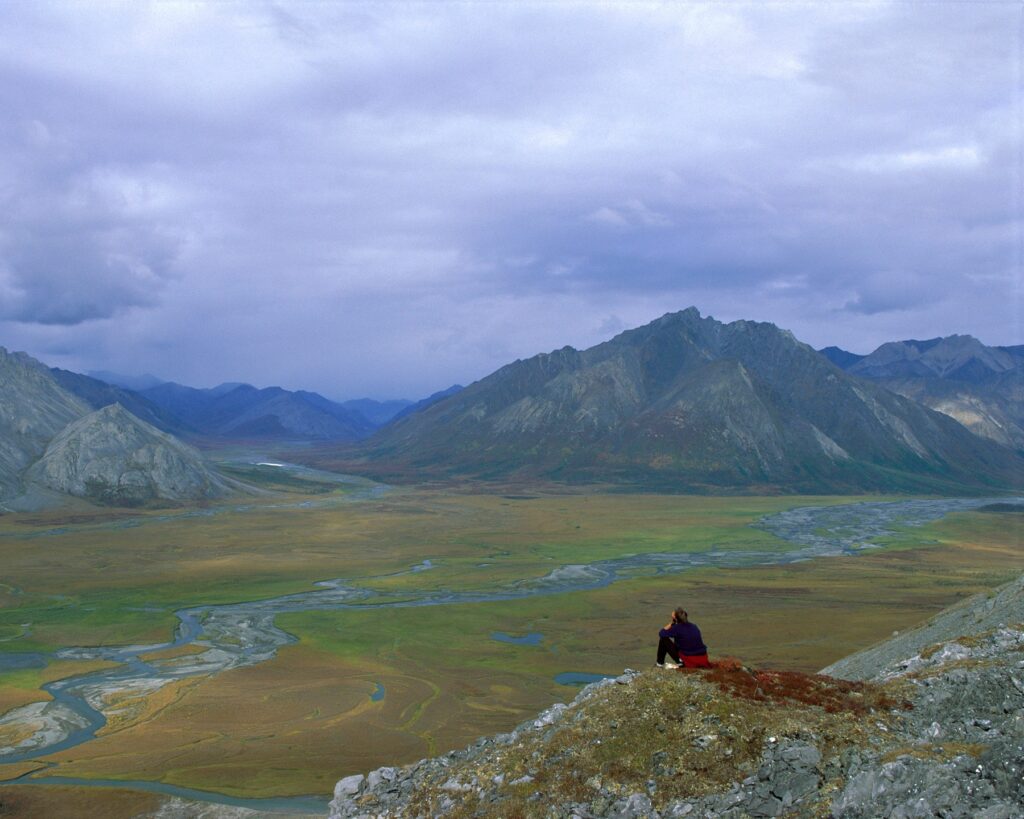In one of its last strikes against the environment before leaving office, the Donald Trump administration auctioned yesterday oil and gas leases in Alaska’s Arctic National Wildlife Refuge (ANWR). The move comes after decades-long push by some Republicans to drill in one of the United States’ most vast unspoiled wild places.

Still, the auction had a bitter-sweet result for the Trump administration. Most oil companies didn’t even try to buy the leases amid low oil prices and pressure from environmental groups, leaving the state agency Alaska Industrial Development and Export Authority as the main bidder alongside two smaller energy firms.
The sale of 11 areas on just over 550,000 acres achieved $14.4 million, a small fraction of what the government initially predicted it would get. Only two of the bids were competitive, so most of the land was auctioned off for the minimum price of $25 an acre. Still, Interior Deputy Secretary Kate MacGregor described it as “truly historic.”
Kara Moriarty, head of the Alaska Oil and Gas Association, told NPR that the sale results weren’t as “robust” as expected. But she said the industry still supports future access to the coastal plain. In a statement, she said the sale “reflects the brutal economic realities the oil and gas industry continue to face.”
“They held the lease in ANWR — that is history-making. That will be recorded in the history books and people will talk about it,” Larry Persily, a longtime observer of the oil and gas industry in Alaska, told NPR. “They had the lease sale, the administration can feel good about it, but no one’s going to see any oil coming out of ANWR.”
According to a 2017 law, the US government will have to carry out more auctions in the same area for several hundred thousand acres by the end of 2024. But the incoming administration of president-elect Joe Biden could overturn this requirement, especially with Democrats now having control of the Senate.
A group of environmental and conservation organizations claimed the Trump administration cheated on the way it crafted the leasing program and tried to block the sale. Nevertheless, U.S. District Judge Sharon Gleason rejected their request for a preliminary injunction on Tuesday and the auction moved forward.
The ANWR has been a rallying point for both Republicans and environmentalists, who have put up a strong fight for 40 years over whether fossil fuels should be tapped into. The US estimates there could be 7.7 billion barrels of recoverable oil on the coastal plain, though seismic surveys have not been conducted since the 1980s.
Covering some 19 million acres, the ANWR is usually described as America’s last great wilderness. It’s the home of many species such as the Porcupine caribou, with one of the largest herds in the world living there. The herd moves to the coastal plain region of the ANWR in the spring as it’s their preferred calving ground.
Environmental campaigners argue that the habitat is also crucial for polar bears, which are already struggling because of development in the area and rising temperatures that are melting sea ice. Polar bears numbers in Alaska and western Canada dropped 40% from 2001 to 2010, Steven Amstrup of Bolar Bears International, told The Guardian.
Native groups in Alaska have fought drilling proposals with lawsuits over the years. The Gwich’in, indigenous Alaskans who have migrated alongside the caribou and relied upon them as a food source, formed the Gwich’in Steering Committee in 1988 to oppose drilling in the coastal plain, which they call a sacred place.
“In their push to sell off our lands to the fossil fuel industry, the Trump administration has engaged in a corrupt process and disrespected and dismissed the Indigenous people,” said Bernadette Demientieff, executive director of the Gwich’in Steering Committee in a statement. “We will continue to fight this illegal sale in court.”


